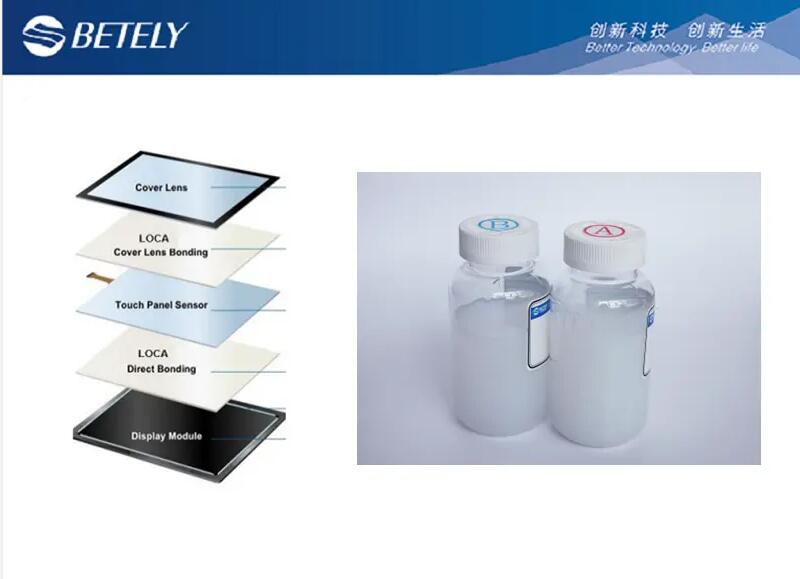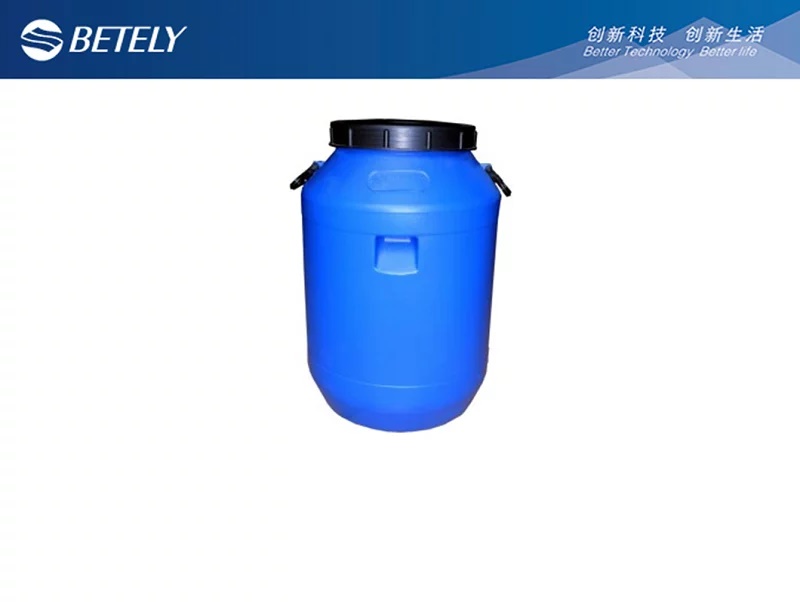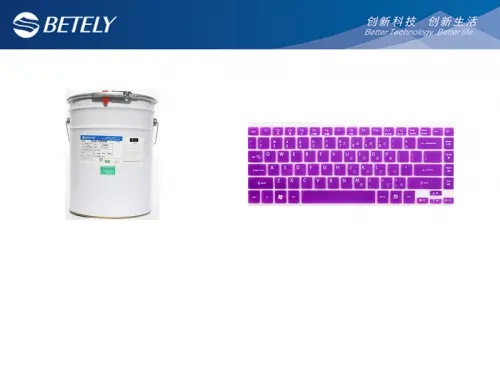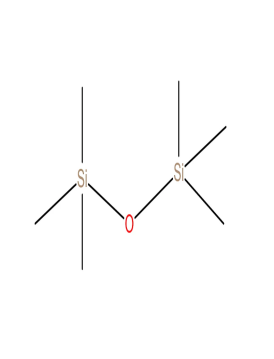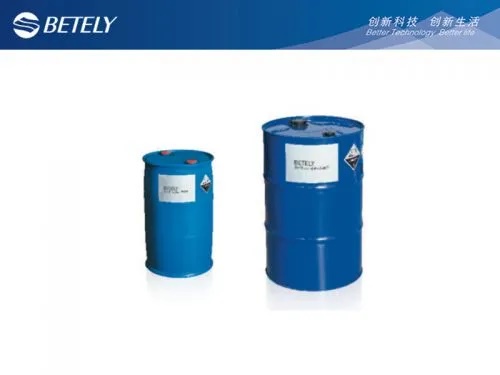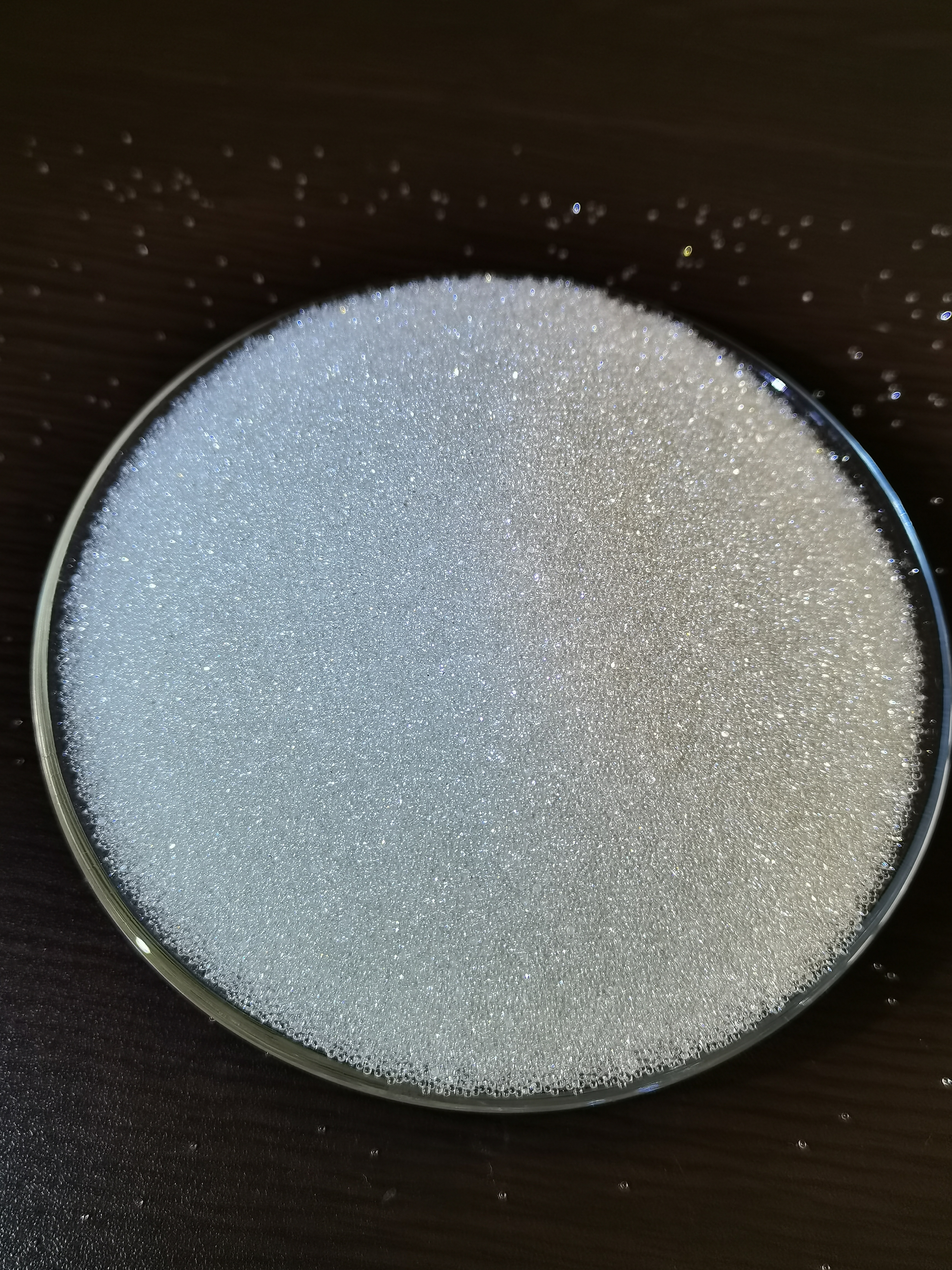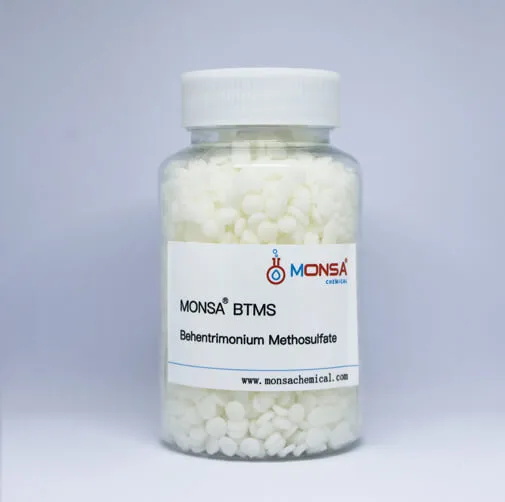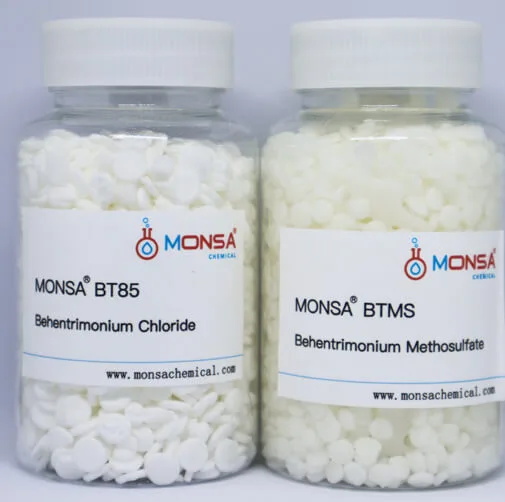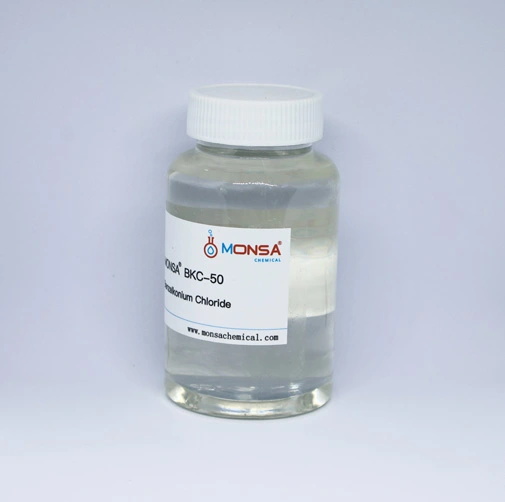Conductive Ink
BTL Conductive Ink is an innovative and versatile product made from a spot of conductive, silver-based ink. It is a great solution for applications that require an efficient and cost-effective way to create a conductive path between different components. With its easy-to-use formulation, BTL Conductive Ink allows for the printing of electrical circuits, antennas, sensors, and interconnects on a variety of surfaces. It is a great way to quickly and easily add electrical connectivity to any project. BTL Conductive Ink is also highly durable and reliable in a variety of conditions.
Advantages of Conductive Inks
Versatility: Conductive inks can be used on a wide variety of materials, including paper, plastic, fabric, glass, and even wood. This allows for the creation of conductive patterns and circuits on almost any surface.
Flexibility: Conductive inks can be formulated to be flexible, which makes them ideal for applications where traditional rigid circuit boards are not suitable. Flexible electronics have gained popularity in recent years, especially in wearable technology and flexible displays.
Low Power Consumption: Conductive inks are typically less resistive compared to other conductive materials, resulting in lower power consumption.
Ease of Manufacturing: Conductive inks can be printed using various techniques such as screen printing, inkjet printing, or even hand-stamping. This allows for rapid and scalable manufacturing processes, reducing production time and costs.
Conductive Ink Uses in Electronics and Other Applications
Conductive ink uses metal particles like silver, copper or nickel to make it capable of conducting electricity. It is used in a variety of applications, from printed circuit boards to medical diagnostics. As one of leading conductive ink suppliers, BTL offers a range of conductive inks to cater to various electrically conductive inkprinting needs. Electrically conductive ink printing has become increasingly popular due to its unique properties that offer better precision, affordability, and efficiency when compared to traditional printing processes.
Printed circuit boards are one of the most common uses for electrically conductive ink. And UV curable conductive ink hardens when exposed to ultraviolet (UV) light, which is widely used in the manufacturing of printed circuit boards. The ink is printed onto the board in the form of circuit diagrams and tracks, and then the board is heated to a temperature that causes the metal particles within the ink to melt and fuse together. This creates permanent connections between the components and allows electricity to flow through the board.
Conductive ink is also used in a wide range of medical applications, such as biosensors, drug delivery systems, and diagnostic strips. In these applications, the ink is printed onto a substrate and then exposed to electrical signals, which allow the device to detect changes in temperature, pH, or other biomarkers.
In addition, conductive ink can be used to create antennas, wearable devices, and other flexible electronics. BTL's conductive inks are designed to be compatible with a range of materials, including paper, fabric, and plastic. This allows manufacturers to create low-cost, lightweight, and durable electronics.
Overall, conductive ink is a versatile material that has revolutionized the electronics industry. BTL is a leading conductive ink supplierin this field, and offers a range of products that are specially designed for a variety of applications.
Manufacturing and Processing of Conductive InkPrinting
Conductive ink is manufactured and processed by a brand called BTL. It is a special type of ink that is used for printing electrical circuits and antennas on different surfaces. It is made up of highly conductive particles, polymers, and other materials. The ink is printed on a substrate material like paper, plastic, or metal, then heated and cured to form the desired circuit.
The process of making conductive ink starts with preparing the particles, which can be metal, carbon, or a combination of both. These particles are then combined with a polymeric material and other additives. The resulting mixture is then processed to form a homogeneous ink. This ink is then applied to the substrate using various methods such as screen printing, flexographic printing, or inkjet printing.
The ink is then cured using a thermal process, such as an oven or infrared heater, to form the circuit. This process is used to bond the conductive particles to the substrate and form a strong connection. After the curing process, the circuit can be tested to confirm its functionality.
BTL is a well-known brand in the conductive ink manufacturing and processing industry. They produce high-quality ink which is used for various applications, from printed circuit boards to wearable technology. They are constantly innovating the manufacturing process to make their ink even more efficient and reliable.
Overall, conductive ink is an important component of many electronics and is produced and processed by BTL to achieve the desired results. By using their efficient manufacturing process and high-quality materials, they can provide reliable products to their customers.
Отправить запрос, связаться с поставщиком
Другие товары поставщика
| 1,1,3,3-Tetramethyldisiloxane CAS No.: 3277-26-7 | 1,1,3,3-Tetramethyldisiloxane is used as a hydrogen capping agent and reducing agent for organosilicon, and is mainly used in the production of org... | |
| Conductive Carbon Paste | BTL Conductive Carbon Pasteis a patent material specially formulated for use in a range of electrical applications. It is a black, non-toxic paste ... | |
| Silicone Spray Paint | Silicone spray paintis a special type of paint designed to provide a protective, waterproof coating to many different surfaces. It is often used to... | |
| Hexamethyldisiloxane CAS No. 107-46-0 | 【 English name】: Hexamethyldisiloxane 【 CAS number】 :107 46 0 【 Molecular formula】: C6H18OSi2 【 Molecular weight】: 162.38 【EINECS Numbe... | |
| Hydrogen Silicone Oil | Methyl hydroxyl silicone oilis a chemical substance, commonly known as hydrogen silicone oil, its molecular formula is (CH3) 3si0 [(CH3) (H) Si0] N... |
Похожие товары
| glass beads for road marking | Продавец: Langfang Olan Glass Beads Co.,Ltd | Reflective glass beads can improve the retro-reflection property of the road marking line. Drivin... | |
| MONSA® BTMS | Продавец: Guangzhou Monsa Chemical Co., Ltd | INCI name: Behentrimonium Methosulfate MONSA® BTMS is a behenyl (C22) cationic quaternary ... | |
| MONSA® BT-85 | Продавец: Guangzhou Monsa Chemical Co., Ltd | INCI name: Behentrimonium Chloride BT-85 is a quaternary ammonium salt that is mainly used as ... | |
| MONSA® BKC-80 | Продавец: Guangzhou Monsa Chemical Co., Ltd | INCI name: Benzalkonium Chloride / alkyldimethylbenzylammonium chloride Benzalkonium chloride ... | |
| MONSA® BKC-50 | Продавец: Guangzhou Monsa Chemical Co., Ltd | INCI name: Benzalkonium Chloride 50% bac 50 benzalkonium chlorideis commonly used as a surface... |









